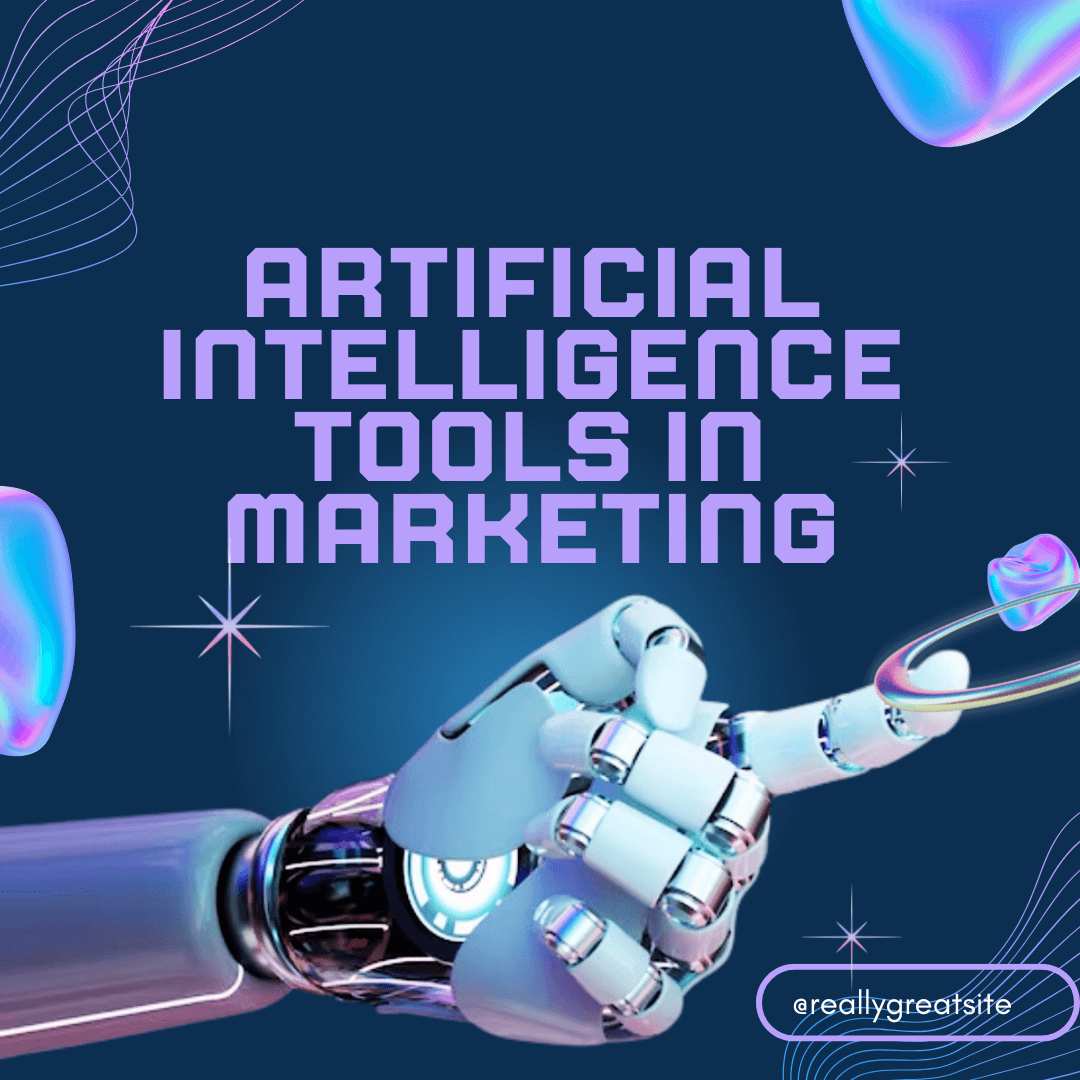How to Structure Content for Answer Engine Optimisation (AEO) in 2025?
The new chatbot from artificial intelligence company OpenAI, called ChatGPT, has grown aggressively since its launch in late 2022. ChatGPT provides information back to users who pose questions in a clear and easy-to-understand structure. This technology can be used for different purposes, including writing code, creating business proposals, writing stories and answering complex questions. As the digital landscape evolves, traditional SEO alone isn’t enough. The rise of Answer Engine Optimisation is changing how brands appear in search, not just in results, but in the answers delivered by AI and voice assistants.
In this guide, we’ll explore what AEO is, why it matters, and how you can future-proof your strategy to stay visible in 2025 and beyond.
What Is Answer Engine Optimisation (AEO)?
Answer Engine Optimisation is the process of optimising your content so that AI-powered search engines, like Google’s Search Generative Experience (SGE) or ChatGPT’s search integrations, can identify, extract, and present your content directly in their answers.
Unlike traditional SEO, which focuses on ranking in search results, AEO focuses on earning visibility within AI-generated responses, featured snippets, and voice search results.
Answer Engine Optimisation vs. Traditional SEO
The rapid adoption of generative AI-powered search engines like ChatGPT, Perplexity, and Gemini is fundamentally reshaping information retrieval, moving from traditional ranked lists to synthesised, citation-backed answers.
While SEO is about keywords and backlinks, AEO is about context and intent. It optimises for the way people ask questions, not just how they type their queries.
This shift from “search” to “answer” is the biggest change in digital marketing since Google’s mobile-first update.
Why Answer Engine Optimisation Matters in 2025
In 2025, AI search optimisation is reshaping how users discover information. When people ask digital assistants for help, “What’s the best marketing strategy for small businesses?” they often show one authoritative answer, not ten blue links.
If your content isn’t optimised for AEO, you risk being invisible in this new zero-click landscape.
Voice search optimisation and featured snippet SEO are at the heart of this transformation. Brands that master these areas will dominate the top of AI-driven results.
How to Structure Content for AEO in 2025?
To master Answer Engine Optimisation, your content must be easy for AI systems to understand, summarise, and cite. To truly master AEO, your content needs to be structured and written in a way that makes it easy for AI systems, such as search assistants, chatbots, and voice search technologies, to understand, summarise, and accurately cite. This means using clear language, logical formatting, factual consistency, and schema markup so that automated systems can quickly extract and present your information as reliable answers to user queries.
1. Focus on Question-Based Headings
Use conversational, question-style subheadings that mirror how people ask.
For example, don’t use “AEO Strategies 2025”, but consider: “How to Structure Content for Answer Engine Optimisation in 2025?”
2. Provide Direct, Factual Answers
In your first paragraph, clearly answer the question in 2-3 sentences.
This helps search engines extract concise responses for featured snippet SEO and voice results.
3. Optimise for Conversational Queries
Natural language and intent matter. Use keywords like “how,” “what,” and “why.” They’re vital for conversational SEO strategy and voice search optimisation.
4. Add FAQ Schema
Use structured data markup to help search engines understand your Q&A content. This is essential for both zero-click optimisation and AI search optimisation.
AEO Best Practices for 2025
The rules of SEO are changing fast. Here are key AEO best practices to future-proof your content:
- Use structured data SEO: Mark up key pages with FAQ, How To, and Product schema.
- Write for intent, not keywords: Google’s AI understands meaning; optimise forquestions, context, and outcomes.
- Optimise for featured snippets: Craft summaries at 40–60 words answering the main query.
- Leverage semantic SEO: Cover related topics to build authority.
- Measure performance: Use Search Console’s “Impressions” for AI-driven features.
Client Strategy Integration
Combine AEO with your existing AI search optimisation and voice search optimisation strategies. Tailor each campaign around the client’s target audience and question-based intent.
Showcase Results
Use dashboards to demonstrate zero-click visibility and featured snippet wins.
Your clients don’t just want traffic; they want presence in AI results.
Long-tail keyword example: “Why answer engine optimisation matters for AI search.”
Use it in your closing paragraphs or FAQs for additional ranking signals.
Common Mistakes to Avoid
- Stuffing keywords unnaturally (hurts both SEO and AEO).
- Ignoring schema markup or rich results.
- Writing for bots instead of a conversational tone.
- Skipping FAQs, they’re the easiest route to voice and snippet optimisation.

The Future of Answer Engine Optimisation and AI Search
The evolution of Answer Engine Optimisation doesn’t stop at snippets and voice results.
AI-driven assistants are learning to predict user intent and deliver proactive answers. AI answer engines increasingly mediate access to domain knowledge by generating responses and citing web sources.
Soon, generative search marketing will merge with AEO, giving brands visibility inside AI agents like Gemini, Copilot, and ChatGPT’s web layers.
Staying ahead means updating your strategy frequently and refreshing content to match evolving AI behaviour.
Answer Engine Optimisation (AEO) is no longer optional; it’s the new frontier of search. By embracing AI search optimisation, structured data, and conversational SEO strategies, you can secure top visibility in AI-driven results, dominate featured snippets, and stay ahead of competitors.
Ready to make your brand AI-search-ready?
Contact us today and start implementing a winning AEO strategy that puts your content directly in front of users where answers are being served first.
AEO Frequently asked questions:
Q1: What is Answer Engine Optimisation (AEO)?
A2: AEO is optimising content so AI search and voice assistants can show your answers directly. Learn more in our blog above.
Q2: How is AEO different from traditional SEO?
A2: Unlike SEO, which ranks pages, AEO focuses on answers and intent. See our blog for a detailed comparison.
Q3: How do I optimise my content for AEO?
A3: Use question-based headings, concise answers, and FAQ schema. Our blog breaks this down step by step.
Q4: Why is AEO important for agencies?
A4: AEO boosts client visibility in AI search and featured snippets. Check our blog for agency-specific tips.
Q5: What are the best practices for AEO in 2025?
A5: Focus on structured data, intent-driven content, and featured snippets. Full best practices are in our blog.
Work cited :
ChatGPT and search engine optimisation: The future is here. Cutler, K., 2023. ChatGPT and search engine optimisation: the future is here. Applied Marketing Analytics, 9(1), pp.8-22.
Generative Engine Optimization: How to Dominate AI Search.
| Chen, M., Wang, X., Chen, K. and Koudas, N., 2025. Generative engine optimization: How to dominate ai search. arXiv preprint arXiv:2509.08919. |
A Machine Learning Architecture for Optimizing Web Search Engines
Boyan, J., Freitag, D. and Joachims, T., 1996, August. A machine learning architecture for optimizing web search engines. In AAAI Workshop on Internet Based Information Systems (pp. 1-8).






